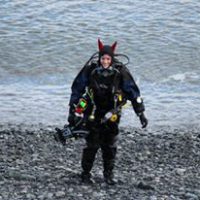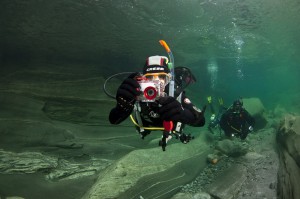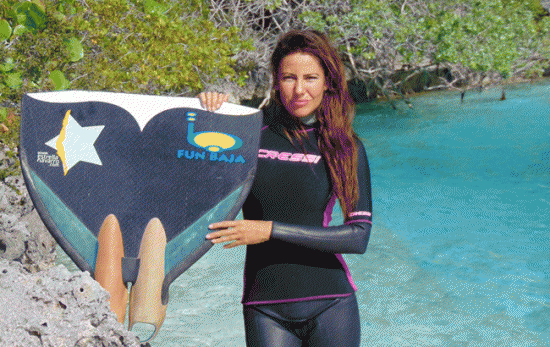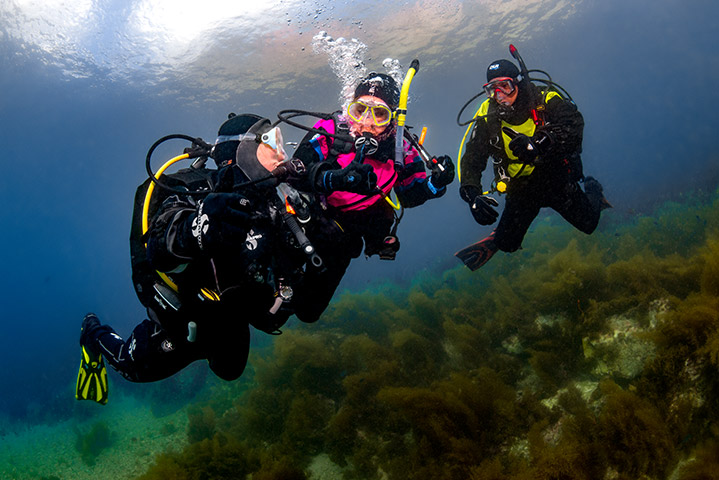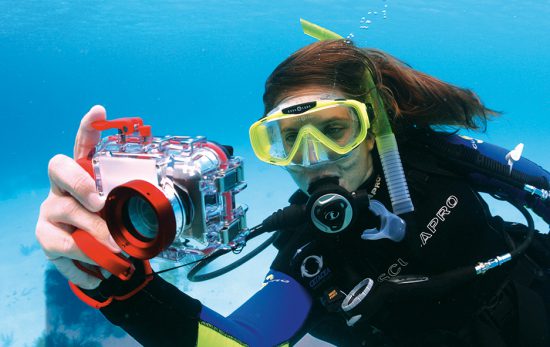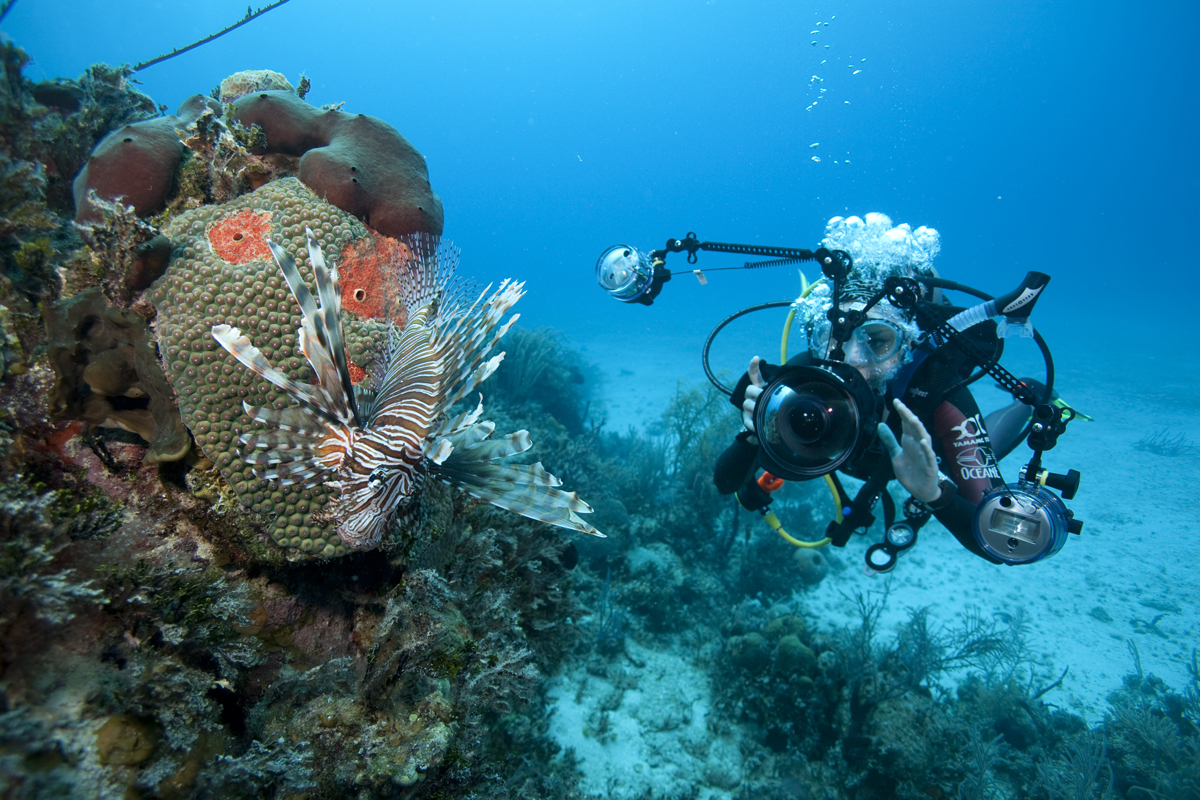
So you want to be an underwater photographer – now what?
If you’ve been shopping for underwater cameras and have enrolled in the PADI Digital Underwater Photographer course you, like many other divers, may have been bitten by the photography bug.
All signs are pointing to the fact that underwater photography will be your next favourite hobby – but here are six questions to ask yourself before getting started:
#1 – Are you a considerate diver?
You may already know that underwater photographers need good core diving skills. But despite that, many get a reputation for bumping into and damaging the coral, provoking marine life and barging buddies out of the way in order to get their perfect picture.
Remember, the environment is more important than any shot. Period. Master your buoyancy and improve your diving skills and don’t be that photographer who ruins the reef and other divers’ enjoyment of it.
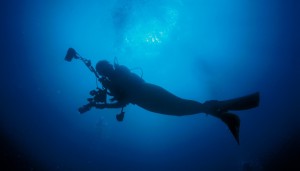 #2 – Is your underwater camera neutrally buoyant?
#2 – Is your underwater camera neutrally buoyant?
Your weighting should be the same with or without your camera. Adjusting your personal buoyancy to compensate for heavy camera equipment comes hand-in-hand with the risk of an uncontrolled ascent if you happen to drop it.
If your camera isn’t neutrally buoyant you can attach a float system that will make your camera more buoyant so it feels less like an anchor. The goal is to balance your camera in one hand so that if you drop it, it won’t sink or float.
#3 – Are you a prepared traveller?
Once you’ve bought your camera, you’ll need to take care of it – especially when travelling. Give yourself time to pack and protect it properly (including removing batteries) so that it still works when you get to your destination, saving you from a wasted trip and insurance claims.
As you accumulate gear (camera, strobes, lens, filters and float systems to name a few) you’ll need extra space and weight allowance. Underwater photographers who have a big rig expect to pay excess baggage fees in order to avoid cramming their prized possession between inevitably-exploding toiletries.
 #4 – Are you comfortable with tech?
#4 – Are you comfortable with tech?
A large part of underwater photography happens on the surface. Plan on packing a laptop so you can review what you shot at the end of your dive day. Photo-processing is now a normal part of the photography world, and there’s plenty of software to help. If that’s new to you, take a digital photo manipulation course and see your images go from ‘Blah’ to ‘Wow!’ Don’t forget you’ll want to carry external hard drives to backup images while you’re on dive trips.
#5 – Do you and your buddies mind taking things slower?
When you find a photo-worthy subject, you’ll want to take time to ‘work’ the shot. Force yourself to take at least ten shots each time. Shoot from above, below, with and without the background, change the settings and try various compositions, and you’ll start to build experience on what works well (and what doesn’t).
But, if you dive with a group of non-photographers, you’ll need to be careful that you don’t get left behind by the rest of the group while you scrutinise your subjects. Before you plan a trip, do make sure your buddies know what your plans are and that they won’t mind the slower pace.
#6 – Can you take criticism?
You’ll never improve if you don’t ask for feedback. When you’re starting out, you won’t know what’s wrong with your picture or how to change it from an average snapshot to a prize-winning composition. Ask a professional for help and constructive advice, enter contests and keep yourself up to date with techniques to learn the characteristics of a good photograph.
If you’ve answered Yes to all six questions above, then you’re on the right track to get the most out of underwater photography. Otherwise, keep developing your skills until you feel ready: complete your PADI Digital Underwater Photographer course, book onto dive trips with your local PADI Dive Center or Resort and most importantly, keep practicing and have fun!
